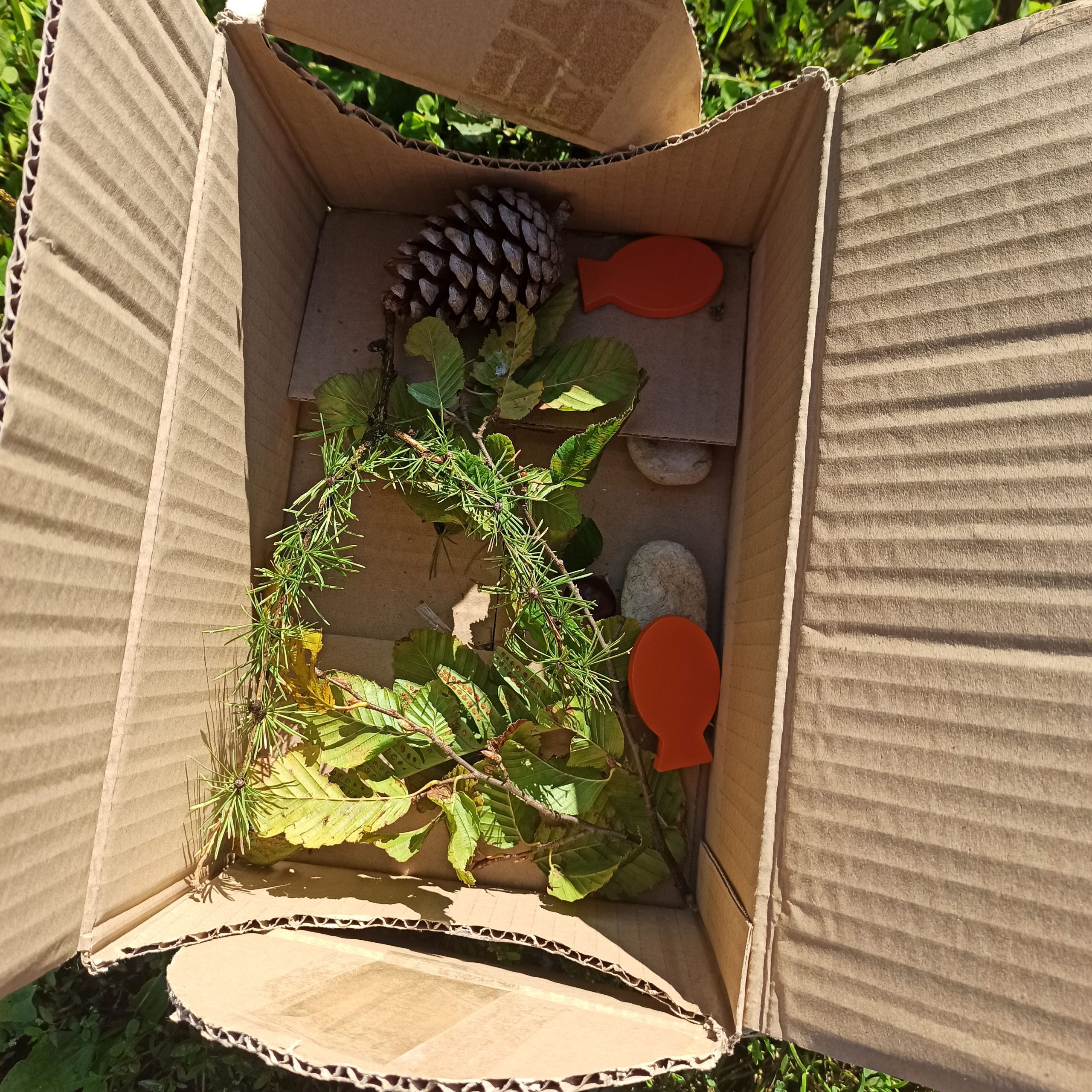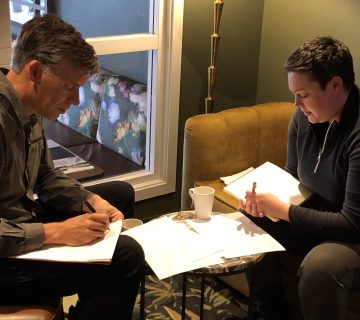Sometimes I feel I can hear grass grow, simply by discovering a deep connection between nature and our folk tradition.
In Slovenia, we use this phrase – that you can hear grass grow – when you are a bit ecstatic or lose your mind a bit (usually during puberty or in love). Well, my feeling that I can hear grass grow – simply by discovering a deep connection between nature and our folk tradition – started with the project, Walks with Legends, about which I have previously written for this newsletter, but the story continues. Our tours that involve storytelling in the landscape really took off in the last two seasons. So much so that three UNESCO Biosphere areas found the concept so interesting that they invited me to develop four tours that interpret nature with the help of folk tales.
Approximately 100 books, discussions with experts and locals and several study visits later, and guided walks based on the intangible heritage of nature have been created for the wetland in biosphere area Mura, Gruska cave, Lisca (a hill of just under 1,000m), and UNESCO Geopark Idrija.
At the start of the project I realised this was too much research to handle in the relatively short time we had for the project. So, my colleagues and I asked ourselves how we should go about this. Except for one site, the others were unknown to us. There lay the answer to our first dilemma. We had to get the sense of place. “What do you have to say about yourself?” we asked the sites on the first visits. We soon realised it is sometimes better if you do not know the place, because you listen more closely.
A second big step was talking to the experts, guides and managers who already provide interpretation at the sites. At first, our conversations were a bit strained since they did not know exactly what to expect. Storytelling about nature? – but we already tell stories on our tours. Yes, but do you adapt interpretation to the stories or do you stick stories in, to entertain people?
So, the research began. We were super excited and blessed that intangible heritage in Slovenia is quite well researched and published, so we had quite some material to choose from. Of course we found several surprises during the development of the tours; for example, Geopark Idrija was influenced with mercury mining for several centuries so the nature does not play a strong role in their folk tradition, and on the other hand we were quite worried about how much material we could get about a hill. Well, Lisca supplied a pleasnt surprise in the flood of stories.
People in Zagreb, Croatia still pay for a Mass each Thursday so that Lisca will not release all the water she hides within.
When creating programmes I did not want to create scenarios for a potential guide-storyteller to learn. I wanted to create a modular system that will allow an interpreter to find their voice and add or take what they find works best.
It was interesting when I searched for themes for the tours how some came easily, like communication in nature for the hill Lisca, where the site spoke immediately to us, and how some came a bit slower through the research of the material and development of the programme, like water that formed the nature and lives in Upper Idrijca landscape park.
So, with themes in hand we had to combine the interpretation of phenomena on sites and stories. With the interpretation we tried to reinforce the theme but also to give a bit of background to the folk tales that are the real stars of this show. We chose different stories in line with the theme of each walk and which are also appropriate for the different visitor groups that the project was focused on (elderly, women, youth and children). Sometimes we were able to find a local folk tale, other times we went to the big treasure box of Slovene fairytales that are not set in a specific time or a place.
So, at the end I had to learn four guided walks, approximately 30 folk tales and present walks on their home territory. I loved every minute of it. In contrast to the initial meetings, the energy after my presentations was totally different since it is one thing discussing the concept and anther experiencing it. Hopefully the stories will enchant visitors to the point that they will look and listen to nature more closely – and maybe even see or hear the grass grow.
Janja Sivec is a trainer, interpreter and storyteller from Slovenia. She is also IE’s Social Media Coordinator.
You can reach her at: janja.sivec@dlegende.com.
To cite this article: Sivec, Janja (2021) ‘Have you ever heard grass grow?’ in Interpret Europe Newsletter 4-2021, pg.20
Available online: https://interpret-europe.net/wp-content/uploads/2021/12/Newsletter-Winter-2021.pdf




